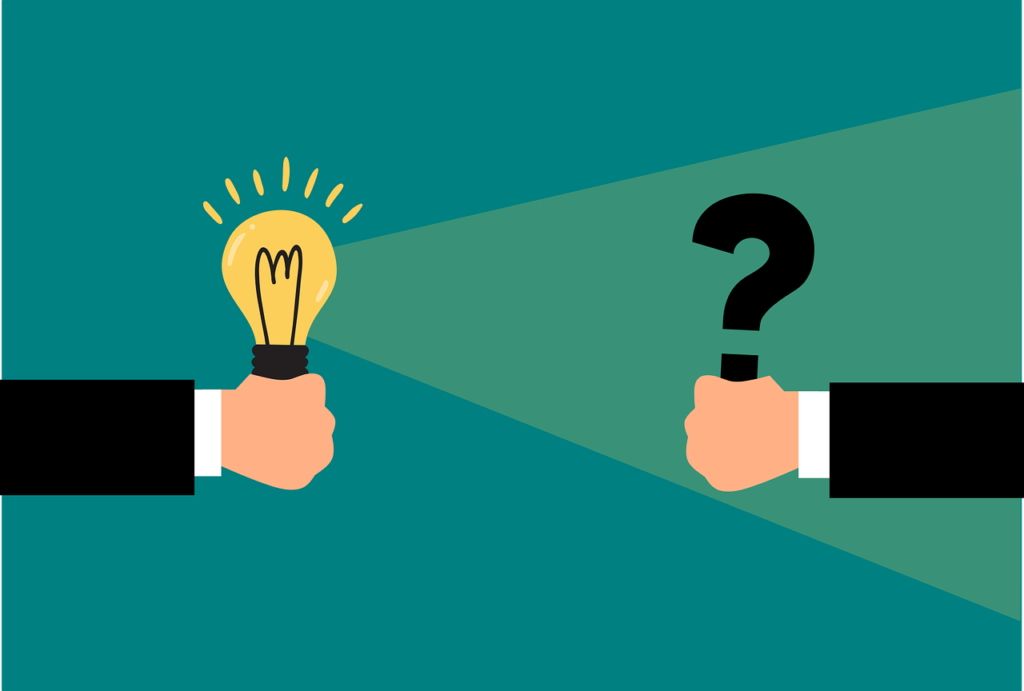Visit Home » How to become a CPA?
How to become a CPA?

What is CPA?
- The CPA license is provided by the Board of Accountancy for each state in USA.
- The American Institute of Certified Public Accountants provides resources on obtaining the license.
- The CPA designation helps enforce professional standards in the accounting industry.
Steps to become a CPA:
- First complete your Bachelor’s Degree: You should have atleast bachelor’s degree along with 150 credit-hours of coursework. It is not mendatory to major in accounting, arts, science or business, though it is recommended. If you have degree of any streams, you must complete a minimum number of accounting-related credits as specified by your state’s accounting board.
- Consider Masters: If you have master’s degree may increase your chances of success on the CPA exam. According to the CPA Journal, those who have master’s degrees have much higher pass rates than those with just a bachelor’s. According to 2019 data, 58.3% of first-time test-takers having graduate degrees got passing grades. Meanwhile, bachelor’s degree-holders passing rate was just 48.8%.
- Crack the CPA Examination: Now you have to pass the CPA exam issued by the American Institute of Certified Public Accountants (AICPA). The test includes four parts. In most states, you have 18 months to crack rest three sections after clearing any first section.
- Get Your License: After clearing CPA examination, there is different process for obtaining CPA licensure which varies state wise. Many states issue CPA licenseaftr obtaining at least one year of professional experience. Some state accounting boards also require experience in auditing and so on.
- Renewal of CPA Licensure: State boards require CPAs to renew their licenses every 1-2 years. To Continue education CPA licenses must be renewed which include specified proportions of professional ethics content.
Requirements to appear in CPA Exam
As a CPA candidates, you must have a bachelor’s degree and additional educational qualifications. Different states have different educational criteria for the CPA credential. But most states need 150 credits or about 30 credits beyond a typical bachelor’s program to appear in the CPA exam.
CPA aspirants need to complete master’s in accounting. Some schools offer that award both a bachelor’s and a master’s degree in accounting. However, becoming a CPA does not require a graduate degree. Instead, some individuals earn a graduate-level certificate to meet credit requirements.
If you have accounting degree then its convenient to pass the CPA exam and obtain licensure. Many CPAs also pursue further to specilize the skills. To complete this you may pursue additional training and credentials through professional organizations and certificate programs.
Certifications and Licensure for Public Accountants
CPAs hold professional licenses that boost their employability and elevate their prestige. The designation may open doors to a broader range of professional opportunities. It can also boost earning potential, improve job security, and allow access to higher-level roles.
The sections below explain licensure, credentialing, and continuing education processes for aspiring CPAs.
Required Credentials
To practice as a CPA, you must hold a CPA license through your state licensing board. Licensure differs from CPA certification. Certification simply means you have passed the CPA exam and qualify for the next steps in the licensing process. Licenses are issued by state accounting boards and require additional actions and professional development hours to maintain.
You can work in accounting roles without a license provided you have the necessary knowledge and skills. However, you may face limitations on your employment options and advancement potential. Non-licensed accountants often practice in areas of limited scope or under a CPA. Examples include bookkeeping, accounts payable, and accounts receivable.
The National Association of State Boards of Accountancy (NASBA) is a valuable resource for accountants planning to pursue licensure. NASBA offers information and links to the 55 jurisdictional accountancy boards that operate in the United States. Consult the board specific to the jurisdiction where you plan to work for details on local licensure requirements.
CBSE CLASS 12 STUDY MATERIALS
CBSE Revision Notes for Class 12
CBSE Important Questions for Class 12
CBSE Previous Year Question Paper for Class 12
CBSE Sample Paper for Class 12
NCERT Exemplar Question for Class 12
CBSE Maths Formula for Class 12
CBSE Syllabus for Class 12
Sign up to download FREE PDFs, solved questions, Quizzes and Puzzles!
FAQs (Frequently Asked Questions)
What degree do you need to become a CPA?
CPA education requirements include a four-year bachelor’s degree and 150 total credits. You do not need to be an accounting, business, or finance major. However, your degree must include a minimum number of credits in accounting and business subjects.
How long does it take to start a CPA career?
The educational and experience requirements for CPA licensure typically take at least 5-6 years to complete. Candidates from non-accounting backgrounds and those who earn their degrees on part-time schedules face longer timelines.
What credentials do you need along the CPA career path?
Qualifying for CPA licensure includes two main credentials. First, you will need at least a four-year bachelor’s degree and additional credits. Some candidates complete graduate degrees or a certificate to fulfill the educational requirements. Second, you must achieve certification by passing the CPA exam.
Are CPA jobs in demand?
The demand for CPAs remains stable. The BLS projects 135,000 job openings for accountants and auditors from 2020-2030 or 7% employment growth.

